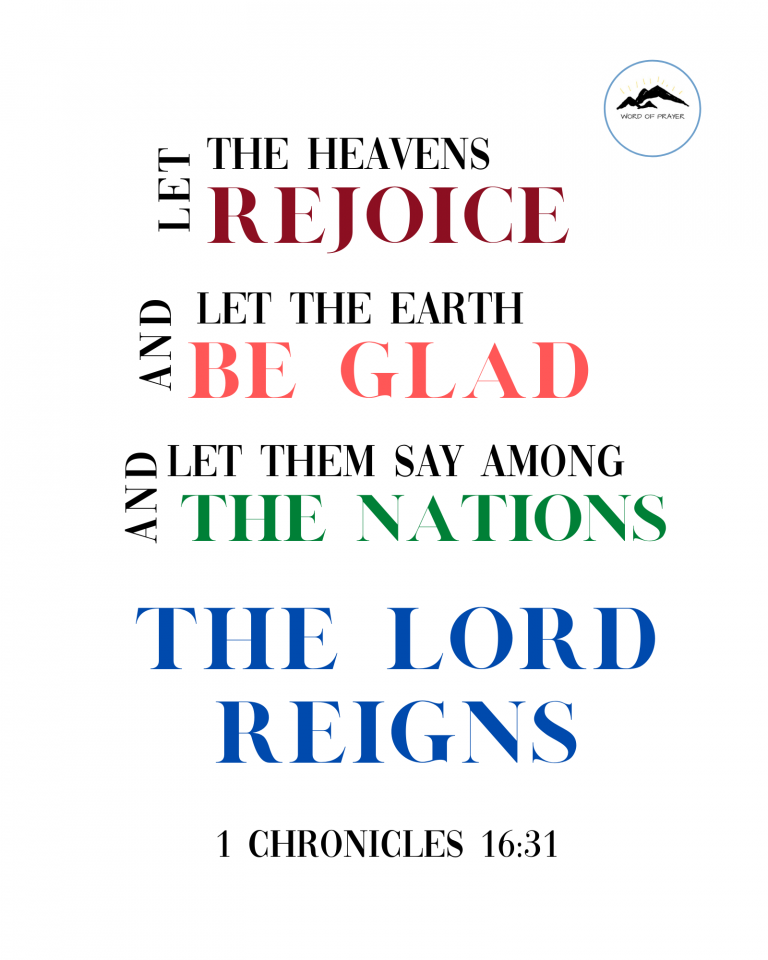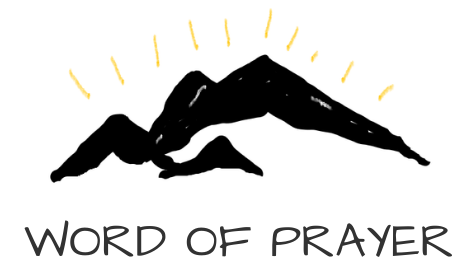Worship was a big deal in the church I grew up in as a child. Our worship services were simple, not elaborate. There was no art on the walls, but the importance of worshipping God the way the Bible taught was emphasized. We focused on the New Testament because the Old Testament law applied to Israel before Christ. We gave the primary attention was to the right form of worship and not adding anything new. Worshipping God fully from the heart–I think we took that for granted.
Over time I’ve learned that maybe we shouldn’t take things for granted. What we focus on shows what’s most important, and at the center of worship the focus should be on God alone.
The temple worship of the Old Testament had a much more elaborate blueprint for worship than what is reflected in the New Testament. The early Christians, whether Jews or Greeks, seemed to have simple but stirring worship services. Still, we have few details.
Jesus Teaches us about Worship
We can summarize what Jesus said directly about worship in three points. First, when Satan tempted Jesus to bow down in worship, he rebuked Satan strongly with the verse, “Worship the Lord your God, and serve him only.” (Matt 4:10, quoting Deut 6:13) In the last book of the Bible (Revelation), the emphasis falls on worshipping God and not angels. Not the empire. Nor the nation (embodied in the beast). John repeats this several times. Worship is reserved for and centered on God.
On another occasion, a Samaritan woman tried to engage Jesus in a dispute about the correct place to worship God: Mt. Gerazim in Samaria or Mt. Zion in Jerusalem. Jesus deflects her question, saying the place is not the most important element. What counts is worshipping God “in spirit and in truth.” (John 4:20-24)
A third place Jesus teaches about worship is in the Sermon on the Mount (Matthew 5-7). In chapter 6 Jesus taught about giving gifts or alms to the poor, prayer and fasting. In each case he emphasized not making an elaborate display or seeking to be seen or acknowledged by other people, but drawing closer to God “in secret”. Worship is a matter of the heart and having the right relationship with God.
What's in a Word
In English we use the word worship and rarely give any thought to its deeper meaning. I’ve come across articles and I remember sermons where teachers traced the word back to Anglo-Saxon roots (Old English) and land on the word “weorthscipe” which means “worthness” or “worthiness”. The next point follows: worship is the appropriate way to treat someone or something of worth. While that’s not wrong or completely missing from scripture (I’m thinking of Revelation 4-5), I don’t think that’s the right point.
William Tyndale was the first man to translate the Bible into English, and he used the Middle English word “worshyppe” in translation which means bowing or kneeling. Worship is not really about us recognizing God’s worthiness (even though he truly is), but it’s all about us bowing, submitting or kneeling before God. This is precisely what Jesus refused to do before Satan (and Satan wasn’t worthy of worship either).
Worship is used repeatedly in scripture more as a verb than as a noun. Worship is not so much of an event or a thing; it’s an action.
Back to the Beginning
The longer I’ve been a Christian, the deeper is my appreciation for the Old Testament scriptures. These were the scriptures for the earliest believers, the prophecies that Jesus read and taught, the texts the apostles preached on in the book of Acts, the verses that Paul urged Timothy to treasure which he had learned from boyhood before any of the New Testament was written (2 Tim 3:15-16).
I have found there are many words in the Old Testament (both Hebrew and Aramaic) for worship—at least 15. Yet, there are three main ideas or concepts for the act of worship that these different words cluster around.

The most frequently used expression for worship is to bow down, kneel or fall down before God. Psalm 95:6 captures it well “Come, let us bow down in worship, let us kneel before the Lord our Maker.” The same expression is used frequently in the New Testament as we mentioned in Matt 4:10. To worship is to bow, kneel or prostrate ourselves before God, both literally and figuratively.
The second concept for worship is harder to grasp at first, but it is profound. Worship is to fear, revere or hold in awe. The old expression “fear God” or “God-fearing” comes straight out of the words and world of the Bible. It is more than the respect we might give to human leaders. It is less about fright than giving a deep reverence or standing in awe before God’s person and his mighty acts and deeds.
Deuteronomy 10:12 says, “what does the Lord your God ask of you but to fear the Lord your God, to walk in all his ways, to love him, to serve the Lord your God with all your heart and with all your soul…” To fear God as an act of worship is a theme repeated through the wisdom literature (Job, Psalms and Proverbs) as well as the prophets (especially Isaiah, Jeremiah and Micah). See Micah 6:8-9, which echoes Deuteronomy 10.
The third main idea about worship is that it is service. To serve God, to wait on him like a servant does, to perform the duties of a priest is an act of worship. Two different Hebrew words carry this idea. The more common one is found in Exodus 3:12 where God gives Moses one of the main reasons for the deliverance of Israel out of Egypt: that they may serve (worship) him freely as he commands, away from the spiritual influence of Egypt.
The less common Hebrew word is used in 1 Chronicles 16:4 in the sense of to serve or minister, like the Levites before the ark of Yahweh. And how were they to serve? Joyfully, giving thanks with gladness. This is the same chapter where David gives a psalm of thanks to Asaph so they can praise God. “Let the heavens rejoice and the let the earth be glad; let them say among the nations, ‘The Lord reigns!’” 1 Chronicles 16:31

The Extension of Worship
Other expressions of worship in the Old Testament include calling on God’s name, making sacrifices, presenting offerings and fulfilling vows made in God’s name. Many of these go hand in hand with the sacrificial system established by the Law and practiced at the temple in Jerusalem. That system was set aside two different times when the temple was destroyed, first and temporarily in 586 BC when Babylon laid siege to Jerusalem. They city and temple was rebuilt under the Persians, but it was destroyed again finally in 70 AD under the Romans and has never been rebuilt. Even when there was no temple, God’s people continued worshiping him and praising his name wherever they gathered.
The early church worshipped in Jerusalem in the temple courts, but as they faced persecution and the gospel spread, worship moved into houses and synagogues for several centuries and eventually into specially built church buildings once Christianity became legal in the Roman empire in the fourth century.
During all this time, God’s people continued to worship him with scripture reading, singing, prophecy, prayer and service. They ate meals together, including the Lord’s Supper or the Eucharist, and remembered what Jesus had taught and done as well as what God’s Spirit was continuing among them. They continued to speak of worship in the same terms as before: to bow down, to serve and to fear God, as well as to give thanks and to rejoice. They spoke a different language (Greek), but the meaning kept God at the center.
Even today we continue in that spiritual tradition. Even though we speak English (and many other languages) in the Christian world, we continue to worship by bowing down, kneeling, fearing God and serving him as the one true God.


